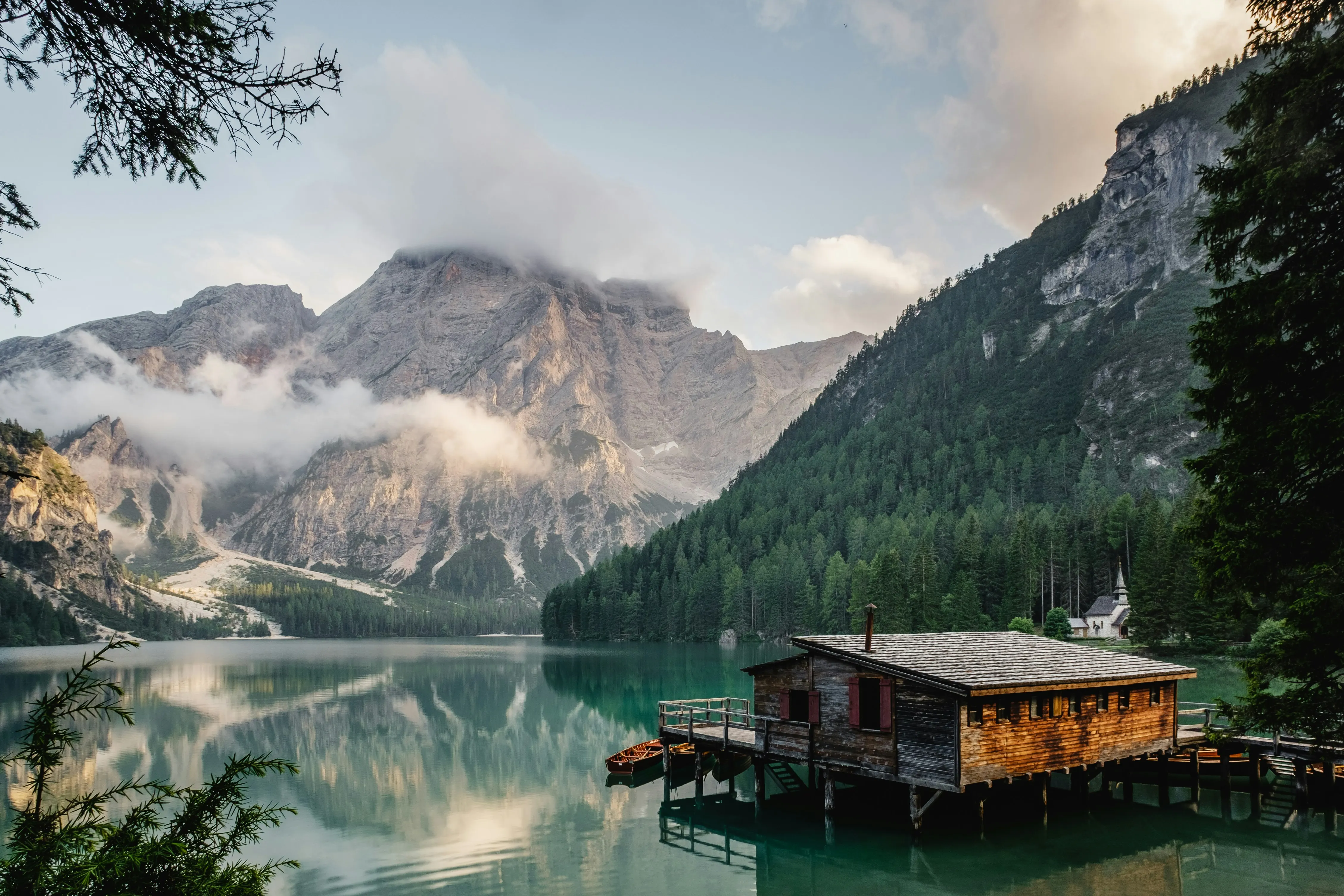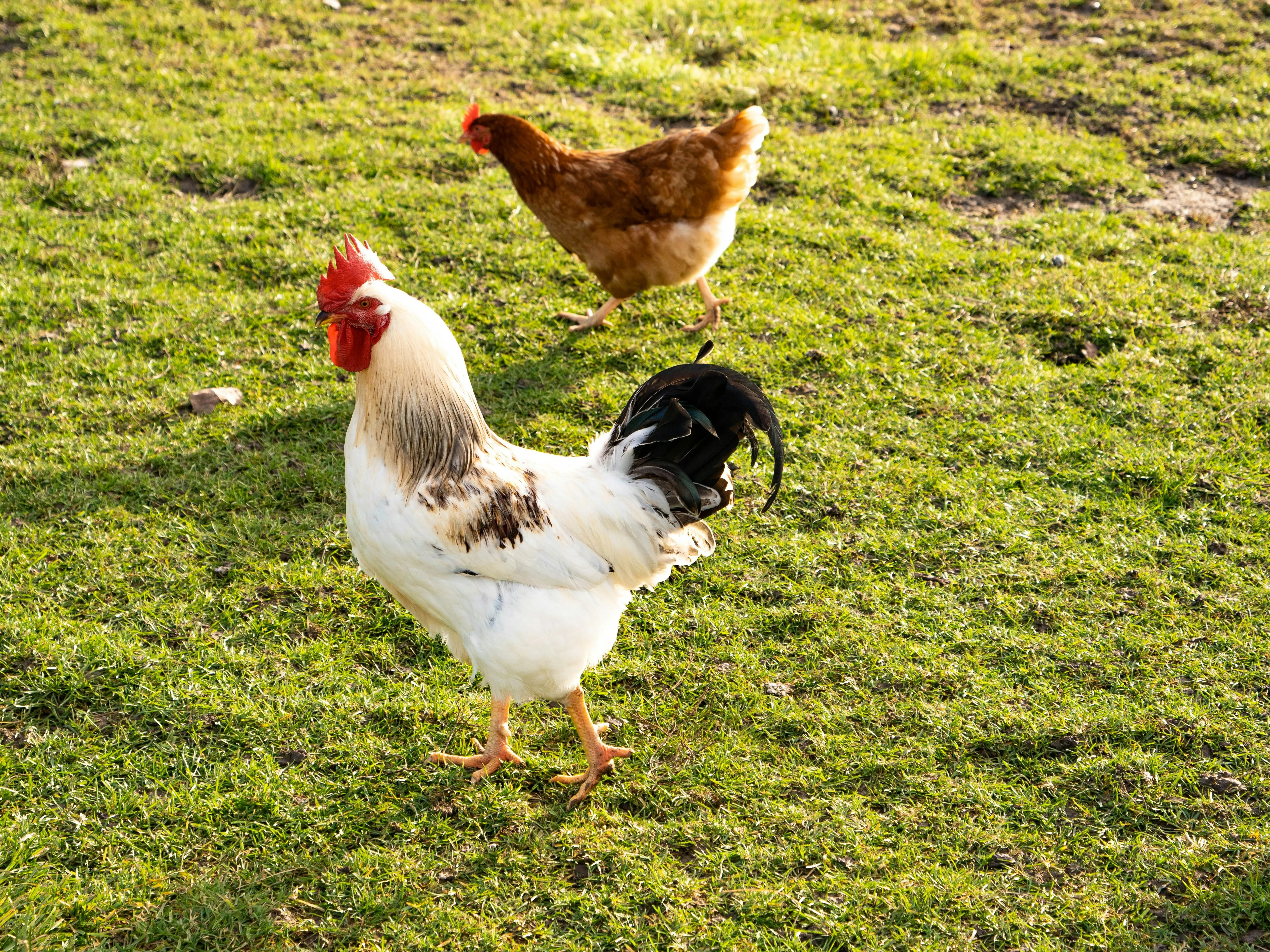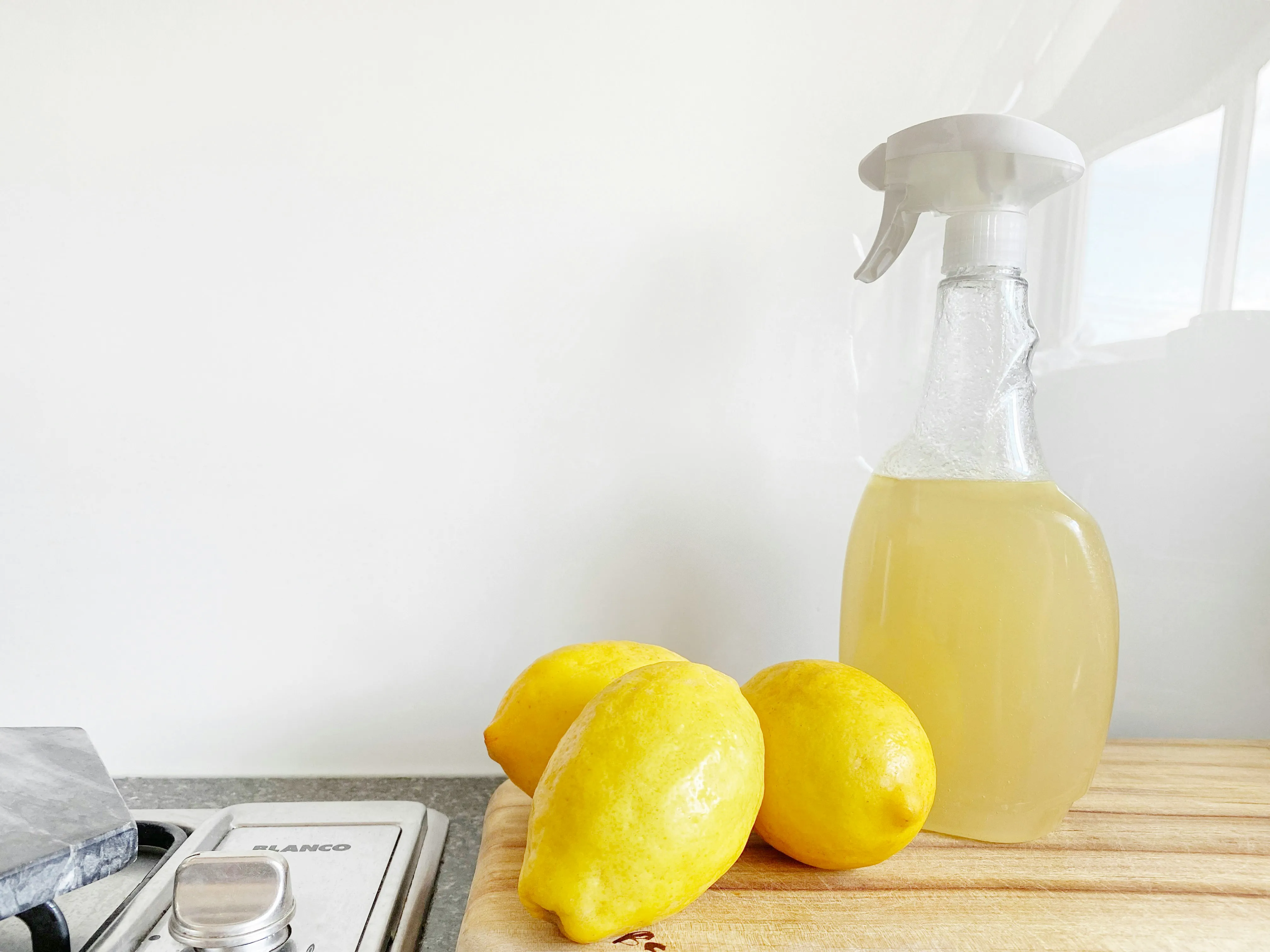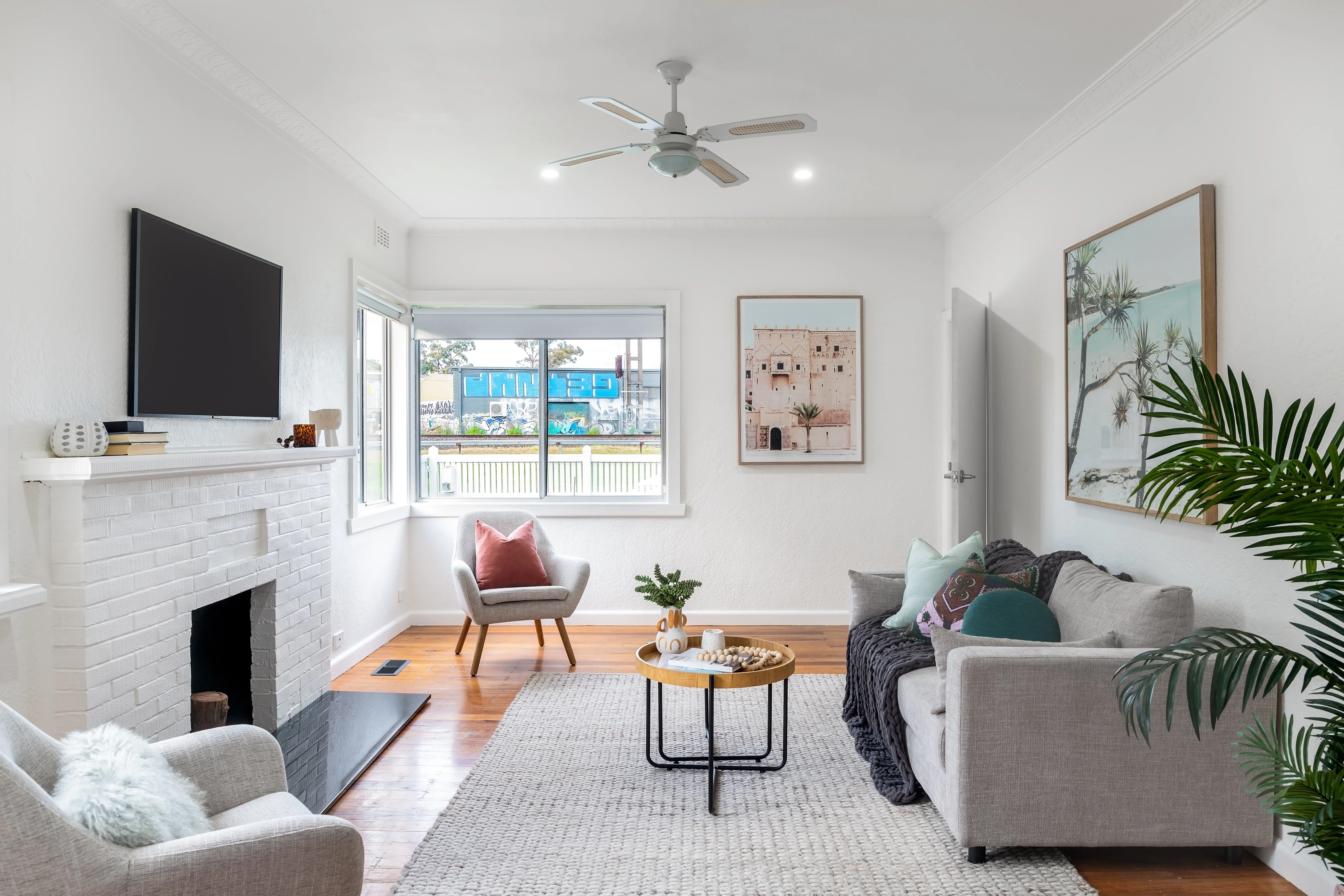Living Off the Grid: A Real Path for American Families
Living Off the Grid: A Real Path for American Families
Living off the grid means your family is not connected to public utilities—no power lines, no municipal water, no gas hookups. You produce and manage your own energy, water, and waste.
It sounds extreme at first.
But thousands of families across the U.S. are already doing it. Some live in cabins deep in the woods. Others build solar homes on farmland. A few even stay close to cities while managing their own systems.
They all have one thing in common: they wanted something different.

Why Families Choose to Live Off the Grid
Most families don’t make the leap overnight. It starts with a few questions:
- What if we didn’t rely on the grid?
- What if our home didn’t depend on outside energy?
- What if we took control of our daily needs?
Some want freedom from electric bills. Others feel the pressure of unstable power systems, rising costs, and crowded cities. For many, it’s about raising kids closer to nature.
Living off the grid means:
- No monthly utility bills.
- Energy independence.
- More control over your lifestyle.
- Less waste.
- Fewer distractions.
It’s not for everyone. But it works for more people than you might think.
What Off-Grid Living Looks Like in the U.S.
Across the country, the movement is growing.
In Arizona, families use solar power and harvest rainwater in the desert. In Vermont, people heat with wood and grow food in backyard gardens. In Alaska, some homesteads operate without connection to any services at all.
Josh Duhamel, an actor, built a cabin in Minnesota, deep in the woods. Forty miles from the nearest store. No utilities. No internet. He brings his son there to reconnect, simplify, and unplug.
You don’t have to be famous or rich. You don’t have to live in the wilderness. Off-grid living is flexible.
You can:
- Retrofit a small house in the suburbs.
- Buy a rural property and build from scratch.
- Convert a van or tiny home and stay mobile.
- Lease land and live seasonally.
It’s not about how remote you go. It’s about how self-sufficient you want to be.

What You Need to Live Off the Grid
Start simple.
Think in systems. Energy, water, waste. Handle those three, and you’re mostly there.
Power
The sun is your best source. Solar panels on the roof or ground collect energy. A battery stores it. In some climates, small wind turbines help too.
Most families go with solar first.
To make it work, you’ll need a reliable power station. Something to charge and run your appliances, lights, and tools.
Water
Rain catchment is legal in most states. You’ll need gutters, barrels, filters, and a storage tank. In dry areas, some families drill wells or haul water in tanks.
Use graywater (from sinks and showers) to irrigate plants. Install low-flow fixtures to reduce waste. Store enough to last through dry spells.
Filtration matters. Simple ceramic filters or UV systems clean water for drinking. It’s safe, manageable, and long-lasting.
Waste
Composting toilets work well. No septic system needed. They turn human waste into fertilizer over time. Modern models are odor-free and easy to maintain.
For trash, reduce what you buy. Recycle what you can. Burn paper if allowed. Carry the rest to a local dump or transfer station once a month.
Kitchen waste goes to compost piles or animals.
What About Food?
You don’t have to grow everything, but growing something helps.
A few raised beds for lettuce, carrots, or tomatoes go a long way. Chickens give you eggs. Fruit trees take longer but pay off over time.
Even in a small space, food can be part of the system:
- Indoor hydroponics.
- Container gardens on a porch.
- Foraging in nearby woods.
Some families barter with neighbors or buy from local farms.
You make fewer store runs. You teach your kids where food comes from. You eat better.

The Real Costs
Going off-grid takes work. It takes money up front. But over time, you trade utility bills for independence.
Here’s what a basic setup might include:
- Solar panels and power station: $3,000–$10,000
- Water catchment and filtration: $500–$2,000
- Composting toilet: $1,000
- Wood stove: $1,500
- Garden tools and seeds: $200
Add more as you grow. Or start with one system and expand.
It’s not all or nothing. Many families go “semi-off-grid” to begin.
Schooling and Work
Internet access is still possible off-grid. With the right satellite or LTE signal, your family can work remotely or attend school online.
Some families homeschool. Others drive to town for classes and activities.
You make it work for your family. The key is flexibility.
Is Off-Grid Living Right for Your Family?
Ask yourself:
- Do you want to spend more time outside?
- Are you tired of noisy neighborhoods?
- Would your kids benefit from more hands-on learning?
- Are you willing to trade convenience for independence?
If the answer is yes to some of these, off-grid living is an option.
You don’t have to go full-remote on day one. Start with solar. Add a garden. Learn to compost. Watch how it changes your family’s rhythm.
Off-grid families spend more time together. They cook more. They fix things. They notice the seasons. They live slower.
That pace isn’t for everyone. But if it sounds good to you, start now.
A Simple First Step
You don’t need land yet. You don’t need solar panels or a cabin in the woods.
What you need is a plan.
If you’re thinking about off-grid living but don’t know where to start, Get The Workshop: From No Money To Buying Land & Nearly Passive Income.
It walks you through every step. No fluff. No gimmicks.
- Learn how families with zero savings bought land.
- See how they created income streams to support off-grid life.
- Find out what works before you spend a dollar.
It’s built for real people. People with kids, jobs, and limited time. People who want to live differently but need help getting there.
Off-grid living starts long before you move. This workshop helps you prepare. It gives you a map.
And once you have the map, the rest makes more sense.
Don’t guess. Don’t wait. Start with the right information, from people who’ve done it.
Revising Sageness!
You might like to read this:
Embracing Nature's Bounty: The Healing Power of Medicinal Gardens





